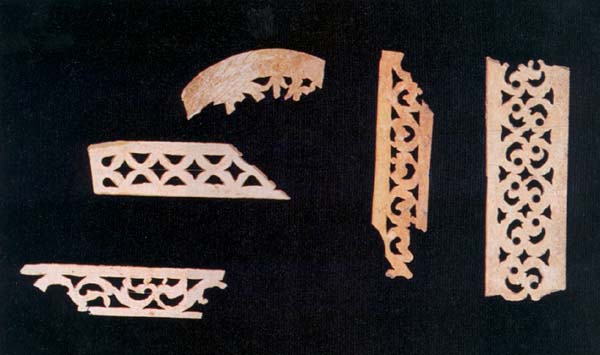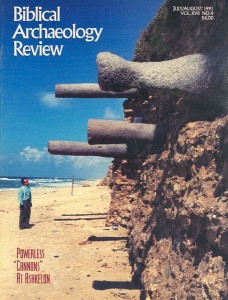Beauty and Utility in Bone
New light on bone crafting

In the last issue of BAR, Larry Stager described the unique dog cemetery discovered at Ashkelon in the Persian period.a Another unique aspect of the Persian period (538–332 B.C.) strata at the site is the quantity of worked animal bones—not only finished artifacts but also bones at various earlier stages in the manufacturing process including unfinished pieces, rough-cut blanks and carving wastes.
Actually, worked bone and ivory artifacts have been found as early as the Middle Bronze Age II (1800–1550 B.C.) at Ashkelon. At other sites, such artifacts have been found from the Chalcolithic period (4000–3200 B.C.) and even earlier, so the 5th century B.C. floruit of the bone industry at Ashkelon was heir to a long tradition. Two later periods at Ashkelon also produced large quantities of bone from various stages in the manufacturing process—the Byzantine period (324–640 A.D.) and the Islamic period (640–1260 A.D.).
The quantity and variety of these worked bone finds at Ashkelon is unprecedented for a site in the eastern Mediterranean. From materials at Ashkelon, especially from the Persian period, we can now trace in considerable detail the traditions of bone working and even reconstruct the manufacturing process.
Already a library member? Log in here.
Institution user? Log in with your IP address.

